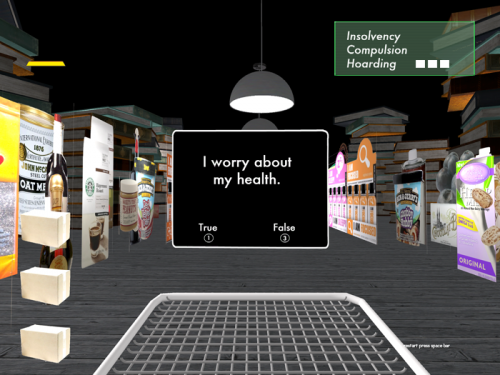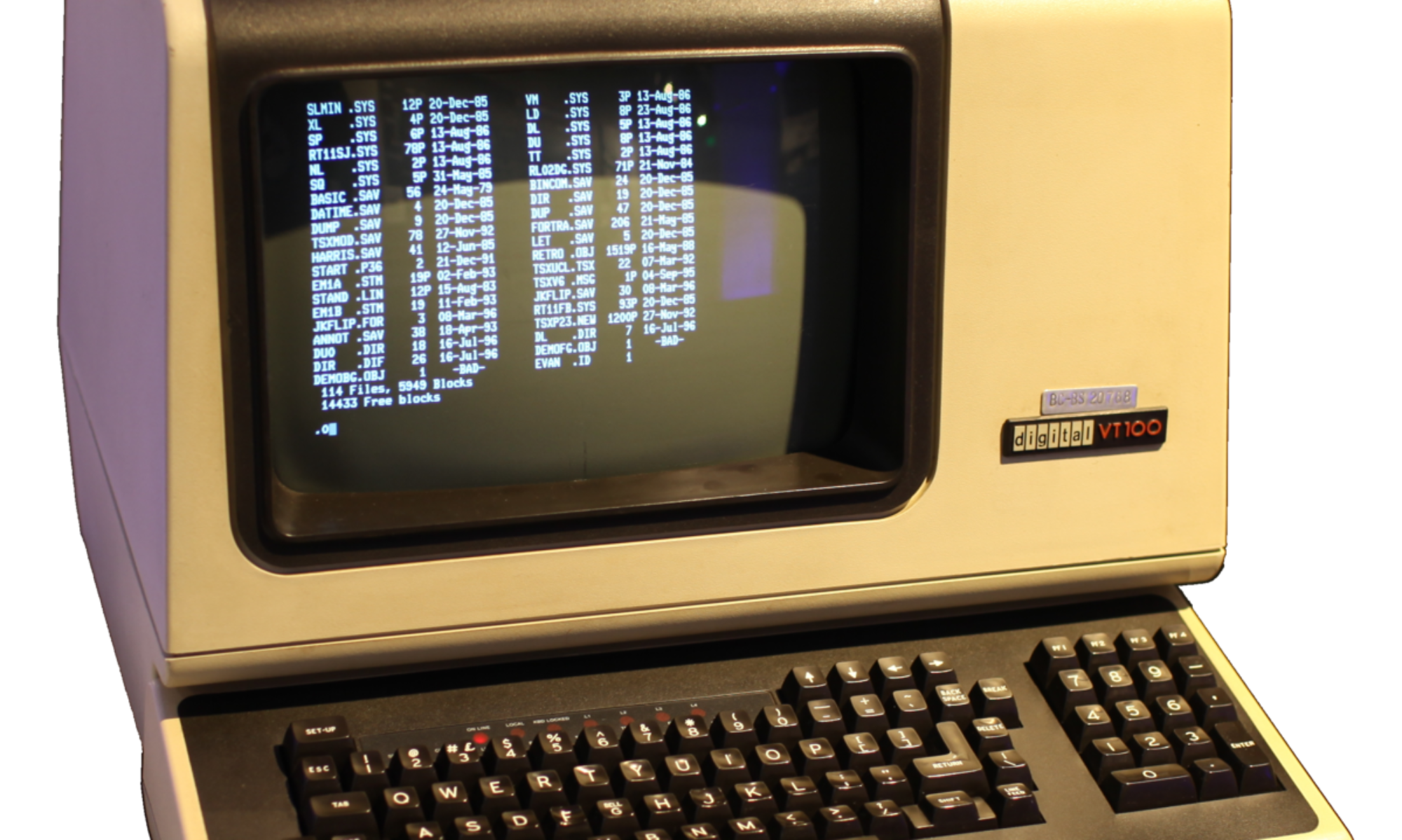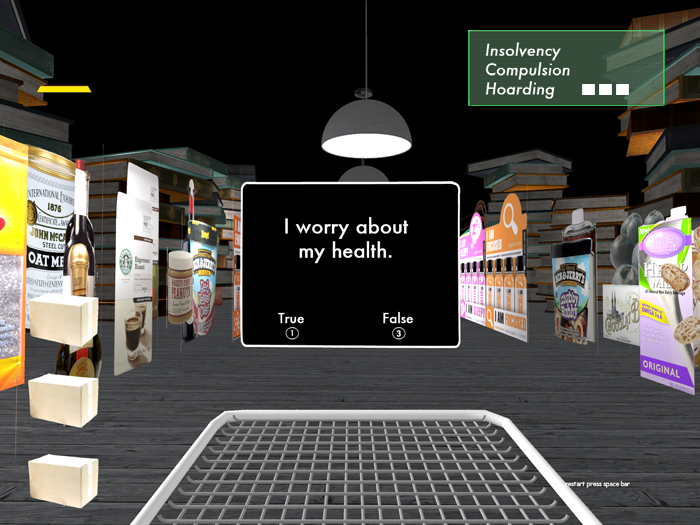The term “psychasthenia” originated in turn-of-the-century psychology as a counterpart to hysteria, broadly recognizable in more contemporary discourse as introversion and extroversion, respectively. Where hysterics seemed overly sensitive to and affected by their experiences, magnifying their presence in the process, psychasthenics appeared to disappear into their surroundings, choosing to withdraw rather than react. Psychasthenia meant the trading of one form of integration for another: obsessing often uncontrollably about the outside world replaces the synthetic processes of attending and adjusting to one’s changing subjective experience.
In more modern psychology, the term has largely been supplanted by more clinical diagnoses such as OCD and long-term anxiety. This has created room for its uptake in more metaphorical realms. In social biology, it was used to describe the ability of some creatures to blend into their surroundings, the most obvious example being the chameleon, an animal that protects itself by appearing to become a part of its environment. In the 1930s, Roger Caillois took this usage and expanded it into a meditation on social and corporeal experience in modernity. Often, perhaps too often, the ability to blend in turns inward on itself and results in an inability to stand out.

Psychasthenia 2 is an interactive artwork developed by Victoria Szabo and Joyce Rudisnky, a North Carolina-based new media artist. As they describe it on their website, the piece “explores the culture of psychological diagnosis and treatment within the context of a highly mediated consumer culture that often produces the ills it purports to treat.” During Szabo’s visit, we had the chance to view Psychasthenia 2 in the immersive setting of a 9-screen array, such that the game’s abstract and familiar mazes achieved a similarity to life size not usually encountered in video games. We thus moved through the game’s levels: historic and diagnostic psychological literature; the holistic marketplace of self-help books, medications, and binge eating; an alley of common fears; a coffee shop brimming with social anxiety; and finally the tedium of everyday “normal” existence.

The game is organized according to Maslo’s Hierarchy of Needs, a mid-century motivational theory that often appears in literary studies. This usage suggests something of the hierarchy’s tendency toward fiction, which figures in multiple forms in Psychasthenia 2 in the stories we tell ourselves in our quests for psychological help. What are we really afraid of? Will this book, this treatment, this attitude finally hold the key to self-actualization? Throughout the levels, one responds to intermittent survey questions modeled on self-diagnosis quizzes found in psychiatric practices and BuzzFeed articles alike. These questions push the player to maintain sight of herself despite the distractions or desirable escapes offered by the external world. And yet, as the game goes on, it slyly suggests that these questions might also function to imbricate us into the discourses they prop up, displacing a true sense of self-actualization with the document declaring it.

Playing Psychasthenia 2 was simultaneously fun and sobering. Particularly in the self-help marketplace, methods of seeking guidance that seemed at first easy to dismiss—reading, for example, I’m Ok, You’re Ok—quickly gave way to more socially acceptable but nonetheless still ameliorative strategies. But what was most intriguing about the game was its theoretical engagement with the medium of video games. To the extent that we might characterize the ailment of psychasthenia as being too immersed, Szabo and Rudinsky have selected the ideal platform for examining its diagnosis and treatment. Video games are in many ways distinguished from other media by their interactivity and even immersion, especially in the case of contemporary virtual and augmented reality technology. In this sense, Psychasthenia 2 provides a tool for thinking both about present-day psychological culture and for anticipating, and thus assessing, the ramifications of technology’s increased ability to disrupt and multiply our sense of reality.
Tracy Stuber is a PhD candidate in Visual and Cultural Studies at the University of Rochester. She is a 2015-2017 Andrew W. Mellon Fellow in the Digital Humanities.

